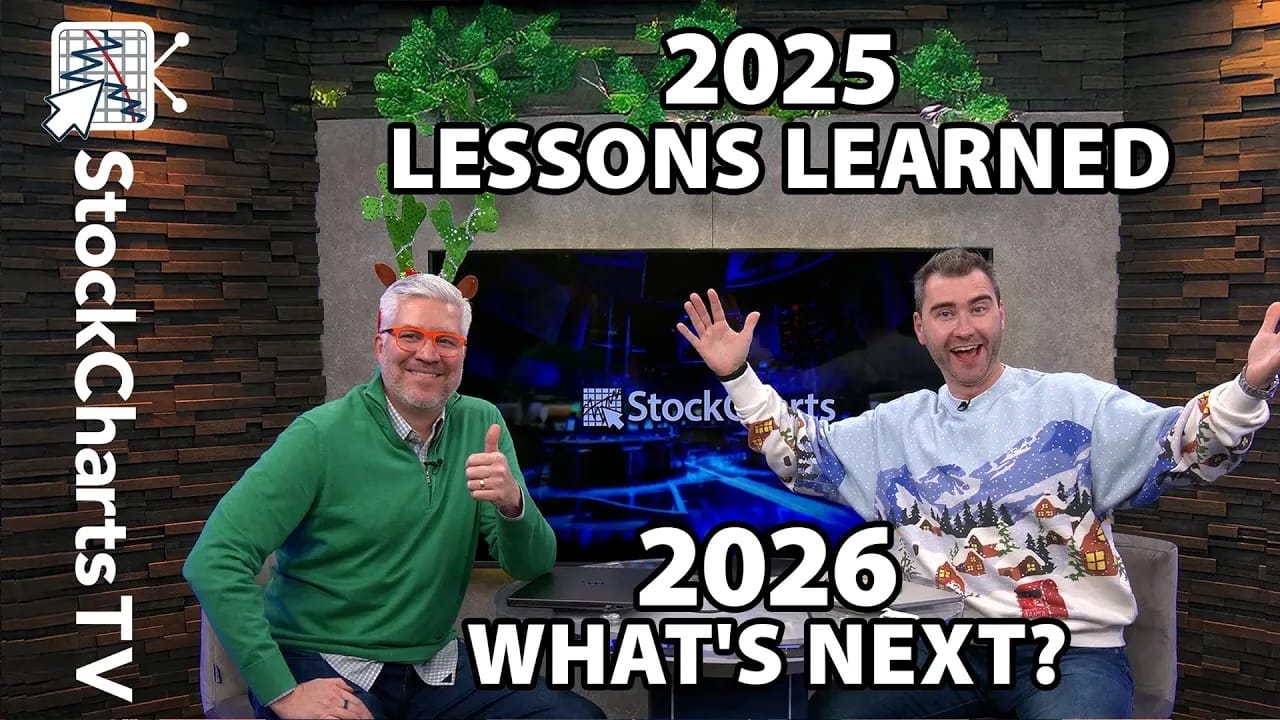PULLBACK IN EURO FROM OLD PEAK CAUSES PROFIT-TAKING IN GOLD -- GOLD IS ALSO BEING HURT BY LACK OF LEADERSHIP FROM GOLD SHARES WHICH ARE STALLED AT LONG-TERM RESISTANCE
EURO STALLS AT OLD HIGH ... Gold usually trends in the opposite direction of the U.S. Dollar. So does the Euro. That means that the Euro and gold trend in the same direction. Up until recently, both markets had been rising together. Both are now on the defensive. Part of the reason has to do with the fact that the Euro is stalled at its previous record high near 136 (Chart 1). [That means that the U.S. Dollar is in an area of chart support]. Although the pullback in the Euro has been relatively modest, it's been enough to put gold back on the defensive.

Chart 1
GOLD AND SILVER ETFS DROP ON VOLUME ... Gold and silver are both on the defensive. Chart 2 shows the streetTracks Gold Trust (GLD) undercutting intial chart support at 66 and falling below its 50-day moving average. Downside volume has also picked up. Silver has done even worse. Chart 3 shows Silver iShares (SLV) already threatening its 200-day moving average. Chart 4 shows the PHLX Gold & Silver (XAU) Index also trading below its moving average lines. Part of that selling has to do with the pullback in foreign currencies and a bounce in the dollar. Another part may have to do with the long-term position of gold shares and their relationship to bullion.

Chart 2

Chart 3

Chart 4
XAU STALLED AT LONG-TERM RESISTANCE... On May 4, I showed this long-term chart of the XAU Index with the headline "Gold Shares May Be Holding Gold Back". The chart shows the XAU stalled at major overhead resistance formed by previous peaks in 1987 and 1996. Although I suggested that an eventual upside breakout was likely (which I still believe to be the case), it's pretty normal to see some profit-taking up against such a formidable resistance barrier. Which brings us back to relationship between gold and gold shares. Gold usually does better when gold shares are leading it higher. With gold shares stalled, they're providing little or no leadership for the commodity.

Chart 5
XAU/GOLD RATIO IS STILL FALLING ... I also showed this chart on Friday, May 4. The black line is a ratio of the XAU Index (gold shares) divided by gold. The gold line is bullion. The point of the chart is to demonstate that the commodity rises faster when it's being led higher by gold shares. In other words, when the XAU/gold ratio is rising. The ratio bottomed in late 2000 just before the major bull market in gold began. The three up arrows show the upsurges in the ratio coinciding with strong upmoves in the commodity. Peaks in the ratio coincided with pullbacks or consolidations in bullion. That's been the case for the last year.

Chart 6
RATIO HASN'T REACHED PREVIOUS BOTTOMS ... Chart 7 gives a closer look at the XAU/GLD ratio (black line). There are two points of interest on the chart. One is that the ratio tends to have upper and lower boundaries. A ratio over 2.60 (red line) has represented an overbought region where pullbacks have started from. Readings below 2.00 have acted as an oversold area where upturns have started (green line). The current reading at 2.07 isn't low enough to qualify as oversold. The second point has to do with the direction of the ratio line, which is still down. At the very least, the XAU/GLD ratio has to show signs of turning up to signal new leadership in gold shares. Chart 8 shows the downtrend in the ratio since the start of 2006. Until the gold stock/gold ratio is able to break that falling trendline and turn it's trend higher, it's unlikely that gold-related assets will be able to resume their major uptrend.

Chart 7

Chart 8











